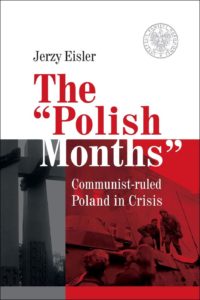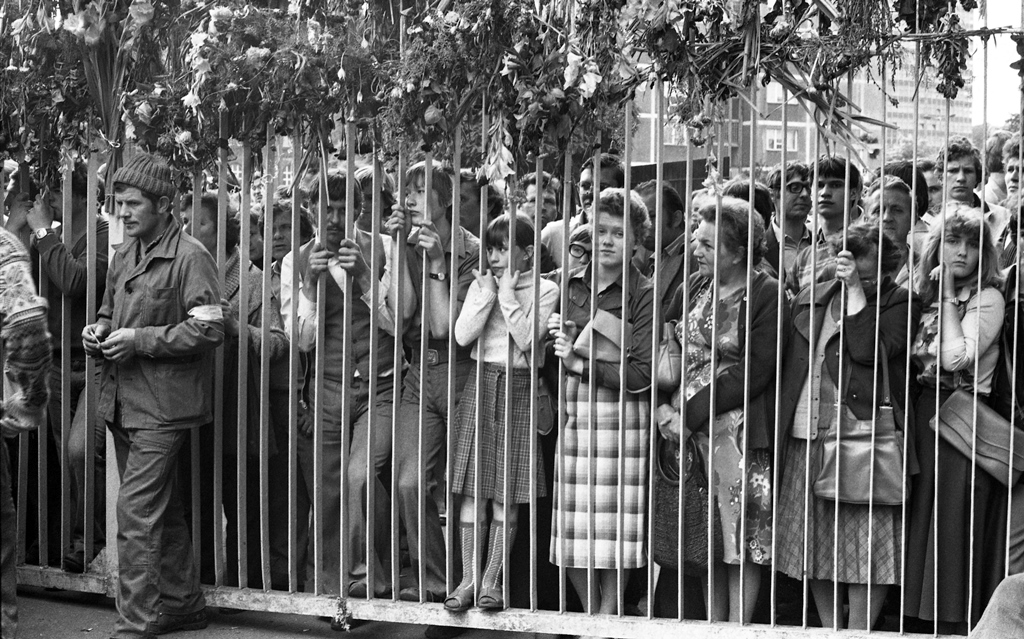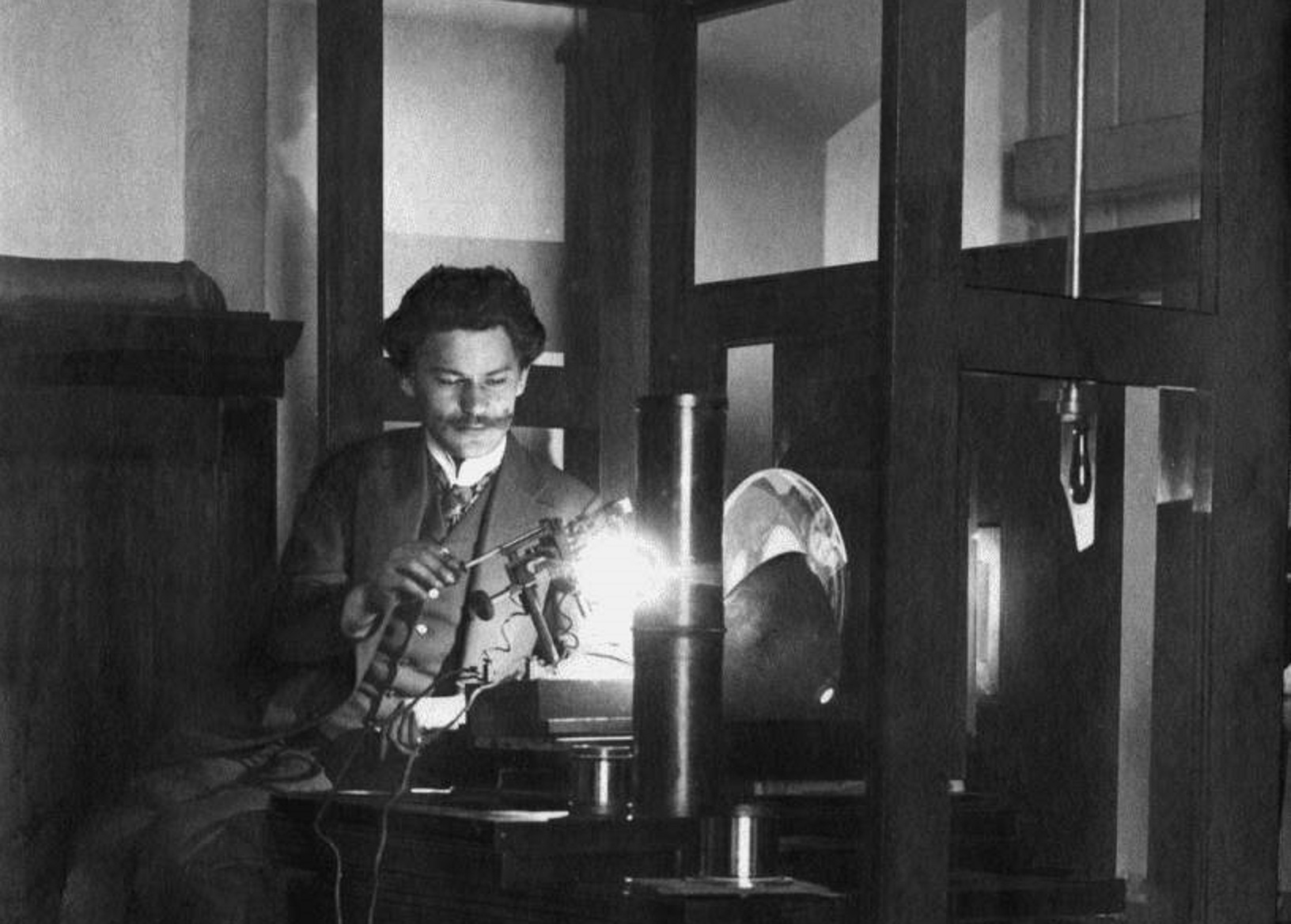Was Poland in a state of permanent crisis under the Communist regime? Or, rather, could this undoubtedly bad system have been at the same time completely stable, with only periodical social revolts and political crises affecting the status quo?
by Piotr Abryszeński
The “Polish Months” Communist-ruled Poland in Crisis, released in Polish in 2008, gives no definite answer. Its author, Jerzy Eisler, is one an expert on Poland’s post-war history. His books, including monographs devoted to the protests of March 1968 and December 1970, are among the most important works devoted to the history of Communist Poland.

Translation: Jerzy Giebułtowski
Publisher: Institute of National Remembrance, 2020
The “Polish months” mentioned in the title comprise a specific Polish historical calendar. The months are written in Polish in capital letters in the book in order to underline the importance of political breakthrough and crisis in Communist Poland. These events had their roots in social demands as well as in aspirations for freedom. The book begins with a reflection on 1956, an intense year and the first great crisis of the Communist system. It marked the end of Stalinism, and at the same time a turn towards authoritarianism, which, as the author notes, retained certain features characteristic of totalitarianism.
The first of the “Polish months” is June 1956. At that time, the first general strike in the Polish People’s Republic broke out, and was quickly and bloodily suppressed by the use of the army. This protest accelerated changes in the internal policy of the ruling Communist party, contributing to the deepening of de-Stalinization and the liberalization of the political system. The culmination of this process occurred in October 1956. Although, as a rule, rallies of support for Communist authorities in the Eastern Bloc countries were staged, in October 1956, the cries saluting the party dignitaries were an authentic reflection of hope for deep political change. Unfortunately, they proved futile. The new party leader, Władysław Gomułka, soon tightened his course against the Catholic Church, and later initiated attacks targeting representatives of the intelligentsia and the cultural milieu.
The symbolic names of the following months reflect the social, political and economic causes of the crises. Some of these are the consequence of old problems, much like the long-term effects of these crises. This multifaceted nature was also a unique feature of “Polish months”. A good example is March 1968, which on the one hand is associated with student and intellectual protests in defense of freedom of speech, and on the other with the anti-Semitic and anti-intellectual campaign organized by the Communist authorities. In the background, a behind-the-scenes game of power between supporters of a more “popular” understanding of Communism and those of internationalism was taking place. The growing crisis only needed a spark to make it explode.
The driving force of the protests were young people who, when compared to their parents’ generation, seemed to understand the oppressive nature of the system better. Eisler emphasizes the importance of generational ties that seemed to dominate among different classes. The young worker felt a greater affinity to a contemporary student than to an older colleague from the factory. The younger generation of people born after the war lacked the fears common among older people who remembered the gloomy period of the Second World War and the terror of Stalinism. Young people had no experience of the other reality; the Polish People’s Republic was the only country they knew and they expected it to fulfill its promises of social justice and economic efficiency. Meanwhile, a characteristic feature of the Communist economy was permanent shortages, which caused increasing frustration.
Another factor was sadly missing – freedom. Protests by Polish youth which seemed to resemble those in Western Europe that had begun in May 1968. Their intention was to oppose the prevailing censorship, and their postulate was freedom of speech. Also in the West, street demonstrations were an expression of the system being contested. The problem is that Sartre’s famous slogan “Élections, piège à cons” [elections, a trap for idiots] personified an opposition to values that were completely unattainable for Polish youth at the time. Capitalism and a democratic order were criticized over the Seine as anachronistic values, while the philosophy of Marx, Lenin and Mao Zedong seemed more appealing to them. The fundamental difference was that the West was rebelling from an excess of freedom, while the East was starving for it.
The drastic increase in food prices adopted by the Communist authorities at the end of 1970 showed the difficult the economic situation in Poland. December 1970 is a symbol of workers’ protests which were bloodily suppressed by the army and militia. Firearms were used against demonstrators, dozens of people were killed and hundreds were seriously injured. This tragic experience was the foundation of the next Polish “month” – June 1976. When the workers next stood up to the authorities, they were not met with force, instead they withdrew the price increase which had caused the rebellion.
Similarly, without the tragic experience of December 1970, August 1980 would not have happened. Workers who went on strike at the Gdańsk Shipyard decided not to leave their workplace and continued their protest in the form of an occupation strike. Thus “Solidarity” was born. The activity of this union, which was joined by almost 10 million people, was one of the catalysts for the fall of Communism in Europe. Several months of legal “Solidarity” ended in December 1981, the last of the months described by Eisler. The introduction of martial law on the night between 12-13 December was preceded by careful preparations. In total, nearly 10,000 opposition activists were arrested and isolated, a number of factories were militarized, and a curfew was introduced. In response to the authorities’ actions, a number of strikes took place, and the militia, army and heavy equipment were used to suppress them.
Probably none of the “Polish months” moved world public opinion to the same extent as the Hungarian uprising of autumn 1956 or the intervention of the Warsaw Pact in Czechoslovakia in 1968. There is no doubt, however, that compared to other Soviet bloc countries, it was in Poland that social protests most often occurred. When the eyes of the whole world turned to Poland, especially in August 1980, “Solidarity” became a symbol that went far beyond the borders of the Eastern Bloc.
The term “Polish months” has grown into historical consciousness also due to Eisler’s book. Eisler’s intention was not only to explain the specifics of crises, but also to reflect on the broader mechanisms of the Communist system. In the reality of the Polish People’s Republic, the increasingly hermetic interests of the party and society often clashed. Ultimately, it was the activity of society that led Poland to regain its sovereignty. Today, thanks to Jerzy Eisler’s The “Polish Months”, the English-speaking reader has the opportunity to have an accessible synthesis of the complicated Polish path to freedom.
Author: Piotr Abryszeński
Translation: Alicja Rose & Jessica Sirotin





